14 Stunning South American Landscapes You Have to See to Believe
South America is home to some of the most breathtaking landscapes in the world. From towering mountains to vast deserts, the continent offers a diverse range of natural wonders. Whether you are looking for vibrant jungles or serene beaches, South America has something for every traveler. These landscapes are not just beautiful, they are a testament to the power of nature. Many of them are untouched by modern development, preserving their natural beauty.
This post may contain affiliate links, which helps keep this content free. Please read our disclosure for more info.
Iguazu Falls, Argentina or Brazil
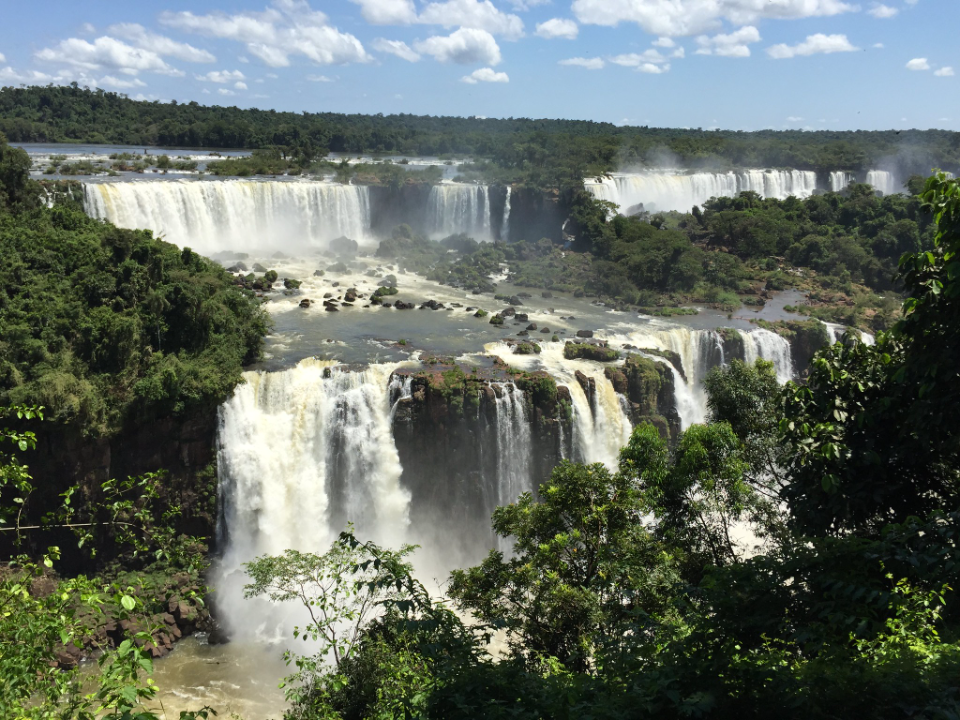
Iguazu Falls, located on the border between Argentina and Brazil, is one of the largest and most impressive waterfall systems in the world. The falls consist of 275 individual waterfalls spread across nearly two miles of lush jungle. Visitors can view the falls from both countries, each offering a unique perspective of the thundering water. The surrounding national parks in both countries are home to rich wildlife, adding to the experience.
The power and sheer scale of Iguazu Falls make it a must-see for anyone visiting South America. The falls are especially spectacular after rainfall when the water flow increases. There are various walking trails and boat tours that allow you to experience the falls up close. It is a place where nature’s grandeur is on full display.
The Andes Mountains, Argentina or Chile or Peru
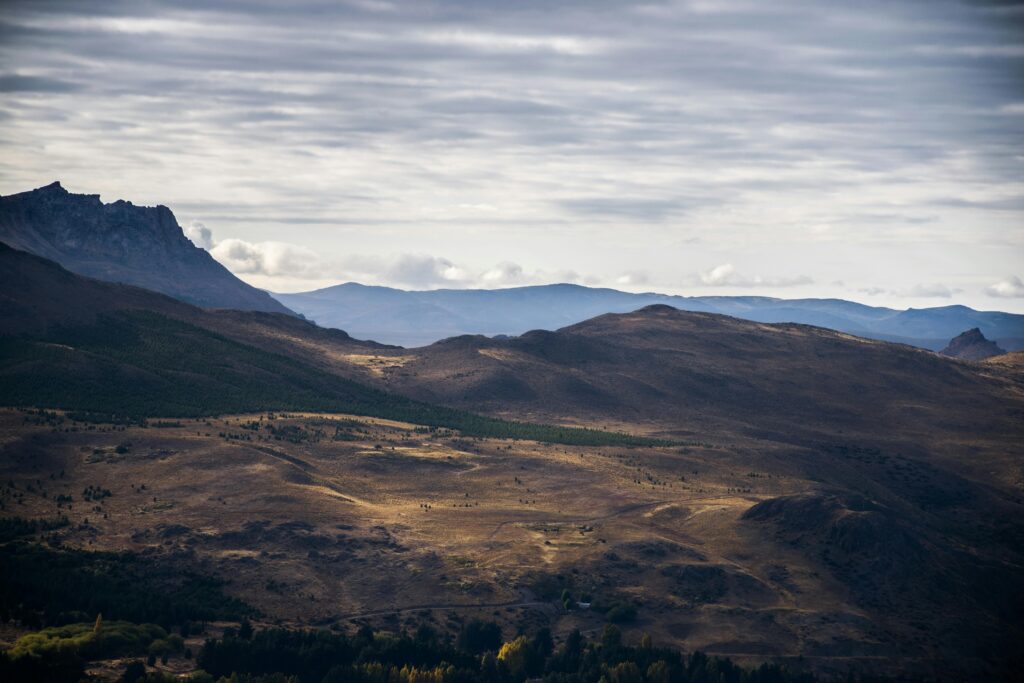
The Andes Mountains stretch across several South American countries, including Argentina, Chile, and Peru, offering some of the most breathtaking mountain views. This massive mountain range is the longest in the world, and its peaks rise over 20,000 feet above sea level. Hiking, mountaineering, and skiing are popular activities in the Andes, making it a top destination for adventure seekers. The Andes are also home to ancient Inca ruins, such as Machu Picchu, which adds a historical dimension to the natural beauty.
The landscapes of the Andes vary greatly, from snow-capped peaks to dry deserts and lush valleys. This diversity allows for different ecosystems and wildlife to thrive, making it a top destination for nature lovers. Whether you are looking to hike or simply enjoy the views, the Andes offer something for everyone. It is an iconic part of South America that must be experienced firsthand.
Salar de Uyuni, Bolivia
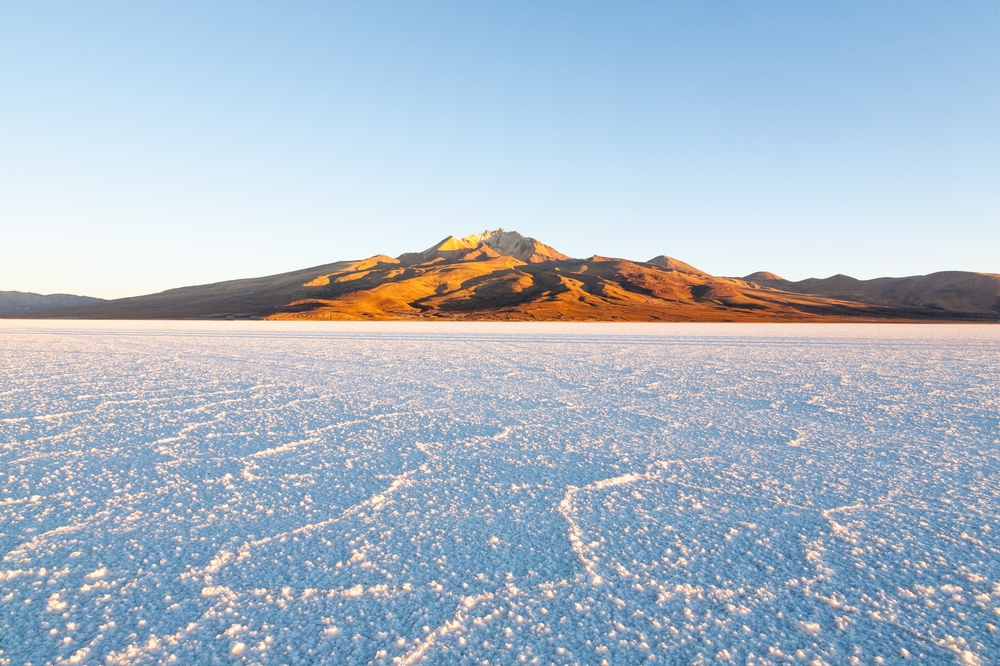
Salar de Uyuni in Bolivia is the largest salt flat in the world, covering over 4,000 square miles. The flat is a vast, almost surreal landscape, where the horizon seems to stretch endlessly. During the rainy season, the salt flat transforms into a giant mirror, reflecting the sky and creating a breathtaking visual effect. The dry season reveals cracked earth patterns that are equally striking and unique.
This otherworldly location attracts photographers, travelers, and those seeking a truly unique natural experience. The flat is located at an altitude of 12,000 feet, making it a high-altitude destination. Visitors can also explore nearby attractions like Eduardo Avaroa National Park and the famous train graveyard. Salar de Uyuni offers an unforgettable experience that feels like stepping into another world.
Galapagos Islands, Ecuador
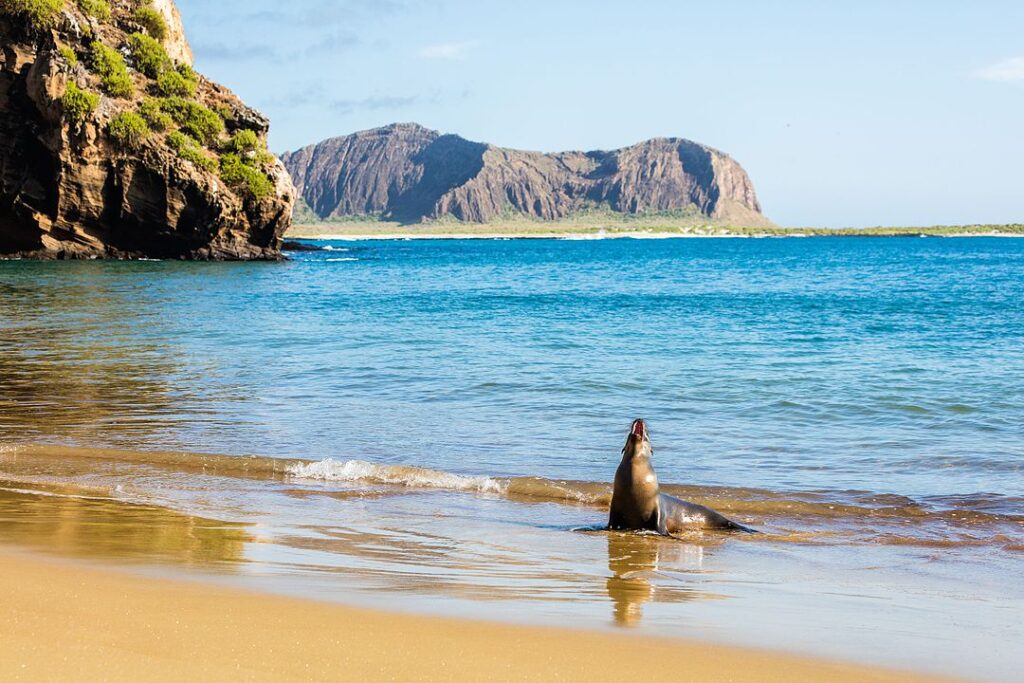
The Galapagos Islands, off the coast of Ecuador, are famous for their unique biodiversity and stunning landscapes. The islands are home to a variety of wildlife found nowhere else on Earth, including giant tortoises and marine iguanas. The landscapes range from volcanic craters to pristine beaches, making it a paradise for nature lovers. Many of the islands are protected national parks, ensuring the preservation of these incredible environments.
A visit to the Galapagos offers opportunities to explore by boat, hike through volcanic terrain, or snorkel with sea lions and tropical fish. The islands are an important destination for anyone interested in evolution and natural history, as they were central to Charles Darwin’s theory of natural selection. The Galapagos Islands offer an unparalleled combination of stunning natural beauty and fascinating wildlife. It is a destination that will leave you in awe of nature’s wonders.
Atacama Desert, Chile

The Atacama Desert in northern Chile is one of the driest places on Earth, with some areas receiving less than 0.04 inches of rain per year. Despite its arid conditions, the desert is full of striking landscapes, including salt flats, geysers, and colorful lagoons. The Valle de la Luna (Valley of the Moon) is one of the most famous sites, offering otherworldly rock formations and stunning sunsets. The Atacama is also home to diverse wildlife, including flamingos and desert foxes.
The desert’s high-altitude location and clear skies make it an ideal destination for stargazing. Many visitors also explore the nearby salt flats and geothermal fields, where boiling geysers create dramatic steam plumes. The Atacama Desert offers a unique experience for travelers who are drawn to extreme environments and natural beauty. It is a place that challenges the concept of what life can thrive in.
Patagonia, Argentina or Chile
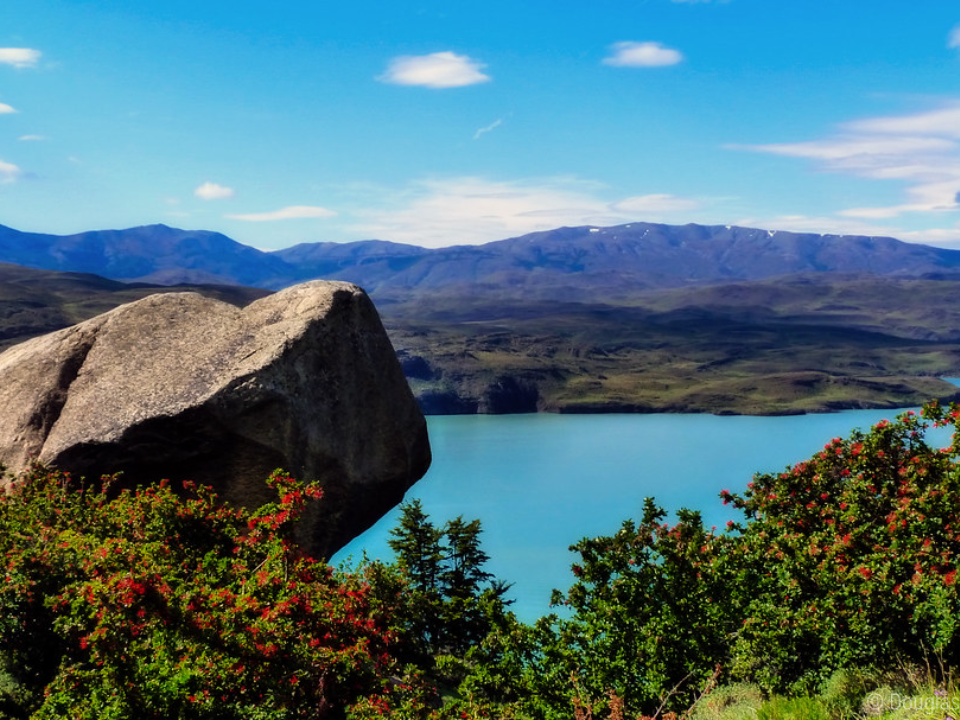
Patagonia is a vast and rugged region located in both Argentina and Chile, known for its dramatic landscapes. The area is home to towering mountains, expansive glaciers, and pristine lakes. Torres del Paine National Park in Chile and Los Glaciares National Park in Argentina are two of the most famous destinations in Patagonia, offering breathtaking views and excellent hiking opportunities. The wildlife in Patagonia is diverse, with sightings of guanacos, Andean condors, and even penguins.
Patagonia is a paradise for adventure seekers, offering activities like trekking, kayaking, and wildlife watching. The region is also known for its remote and untouched beauty, making it a perfect escape for those looking to explore nature in its purest form. Whether you are hiking through glaciers or kayaking on glacial lakes, Patagonia provides an unforgettable experience for nature lovers. It is one of the most stunning natural regions in South America.
Angel Falls, Venezuela
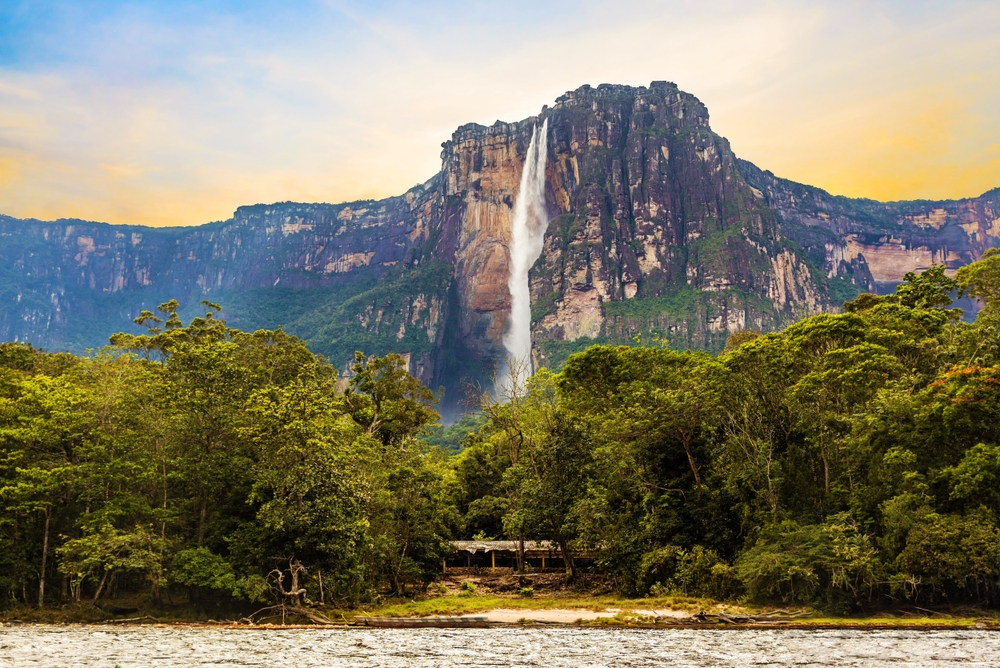
Angel Falls, located in Venezuela’s Canaima National Park, is the tallest uninterrupted waterfall in the world, plunging an impressive 3,212 feet. The falls are situated in a remote part of the country, making them accessible by boat and a short hike through the jungle. The sight of water cascading from a flat-topped mountain, known as Tepui, is a truly awe-inspiring experience. The surrounding landscape is lush with tropical vegetation and wildlife, making it a popular destination for nature enthusiasts.
The journey to Angel Falls is an adventure in itself, with boat rides along the Carrao River and hikes through the dense rainforest. The falls are best visited during the rainy season when the water flow is at its peak, but the hike can be challenging. Angel Falls remains one of the most iconic natural attractions in South America. Its stunning beauty and remote location make it a must-see destination for adventure travelers.
Machu Picchu, Peru
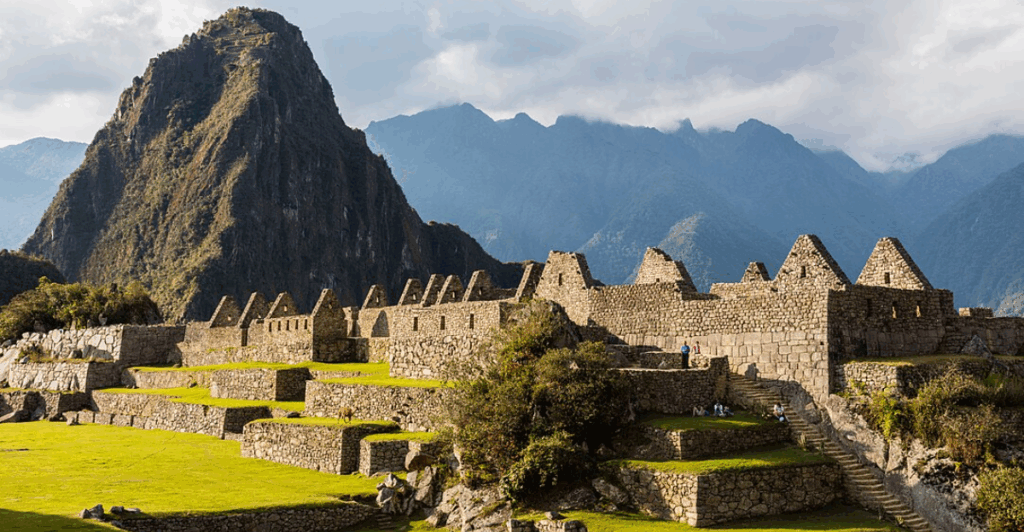
Machu Picchu, the ancient Inca citadel located in the Andes Mountains of Peru, is one of the most iconic landmarks in South America. The site is famous for its dramatic setting, perched high above the Urubamba River, and its well-preserved ruins. Visitors can take the Inca Trail, a multi-day hike that leads to the site, or reach it by train. The breathtaking views of the surrounding mountains and lush valleys add to the allure of this historical wonder.
Machu Picchu is a place of great cultural and historical significance, attracting millions of visitors each year. The site’s exact purpose remains a mystery, though it is believed to have been a religious and ceremonial center. Whether you are hiking the Inca Trail or exploring the ruins themselves, Machu Picchu offers a unique glimpse into ancient history. The experience of standing among these ancient stones, with the stunning backdrop of the Andes, is one that will stay with you forever.
The Pantanal, Brazil
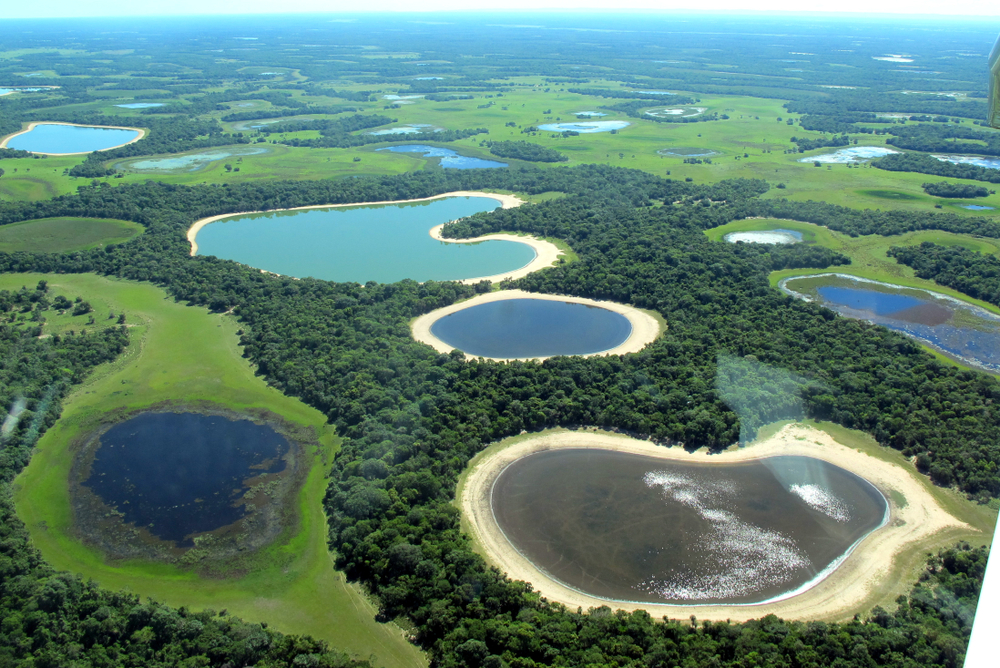
The Pantanal is the largest tropical wetland in the world, located primarily in Brazil. This vast region is known for its rich biodiversity, with over 650 bird species and a variety of other wildlife, including jaguars, capybaras, and caimans. The Pantanal is ideal for wildlife enthusiasts, offering opportunities for birdwatching, boat tours, and safaris. The area is most accessible during the dry season, when the wildlife is concentrated around water sources.
The wetlands’ unique environment creates a haven for numerous species, making it one of the best places in South America for wildlife viewing. The Pantanal’s flat landscape is covered with rivers, lakes, and marshes, providing a picturesque and serene setting. Its significance as a protected biosphere reserve adds to its allure as a destination for nature lovers. It is a must-visit for anyone wanting to experience the vibrant wildlife of South America.
Mount Fitz Roy, Argentina
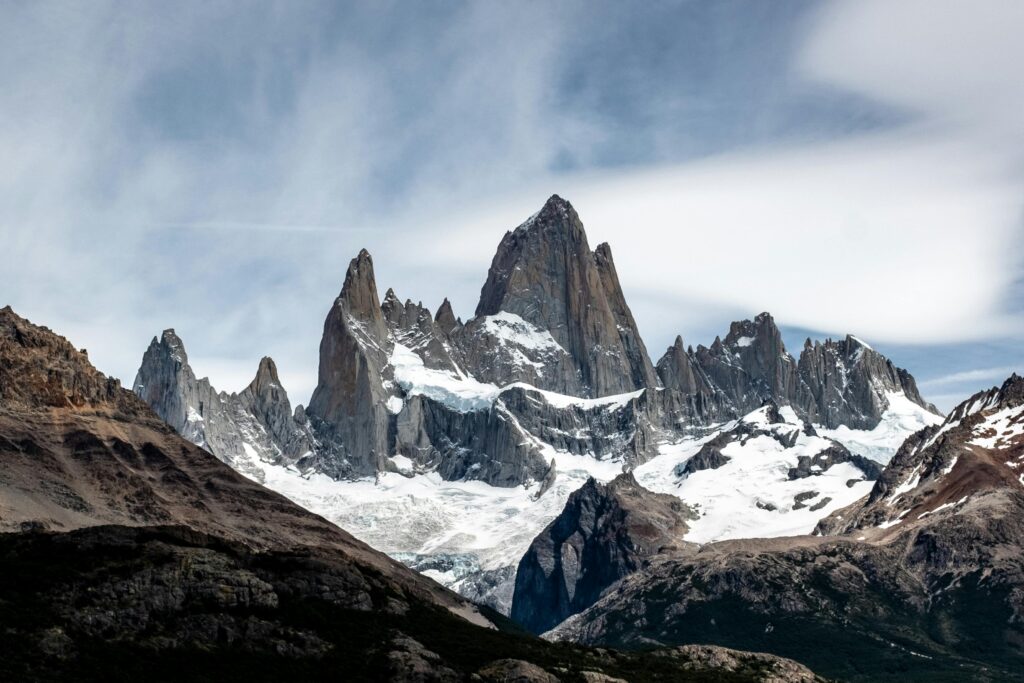
Mount Fitz Roy, located in Los Glaciares National Park in Argentina, is a majestic peak in the southern Andes. Known for its steep slopes and striking granite walls, it stands at 11,171 feet, making it a challenging climb for mountaineers. The mountain is surrounded by glaciers, pristine lakes, and forests, offering spectacular views. It is a popular spot for trekkers, with several hiking trails that lead to stunning viewpoints of the mountain.
Fitz Roy’s dramatic landscape and the surrounding Patagonian terrain make it a favorite destination for photographers and adventure seekers. The weather in this area can be unpredictable, with strong winds and sudden rain showers, adding to the challenge. However, the breathtaking views of the mountain and the surrounding wilderness make the effort worthwhile. It is a place for those who seek adventure in one of the most remote and rugged regions in the world.
Lake Titicaca, Bolivia or Peru
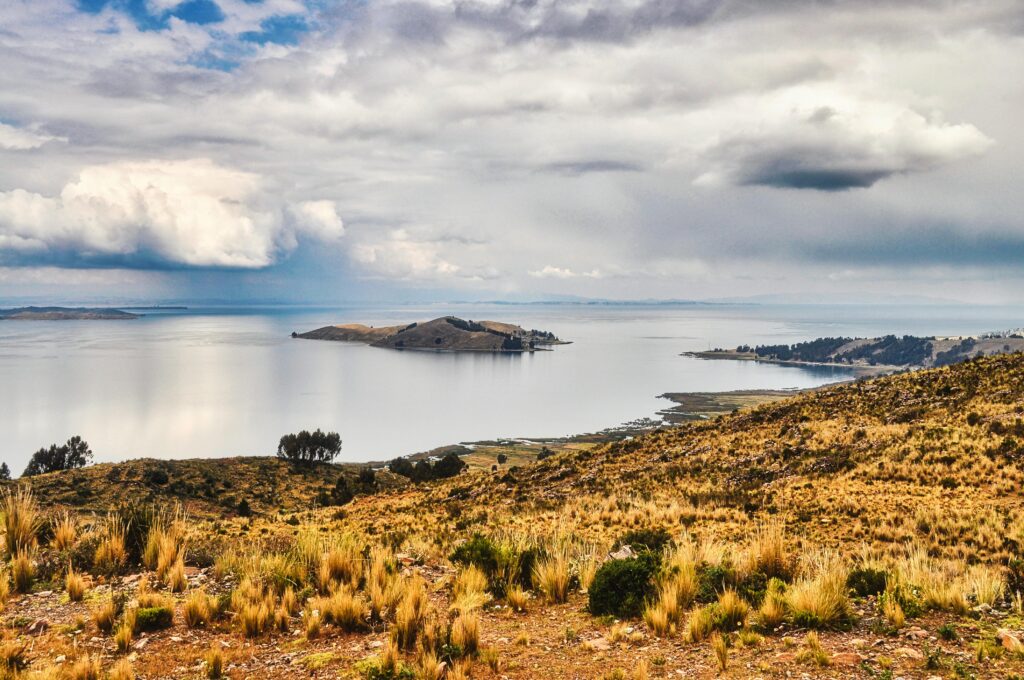
Lake Titicaca, situated on the border of Bolivia and Peru, is the largest high-altitude lake in the world, sitting at an elevation of 12,507 feet. The lake is surrounded by the stunning Andes Mountains, with islands like Isla del Sol and Isla de la Luna offering cultural and historical significance. Titicaca is home to indigenous communities who live on floating reed islands, offering a glimpse into traditional ways of life. The lake’s deep blue waters and peaceful atmosphere make it a serene destination for travelers.
Visitors to Lake Titicaca can explore ancient Inca ruins on the islands or take boat tours to experience the peaceful beauty of the lake. The region’s elevation offers a unique perspective of the landscape, and the surrounding mountains add to the lake’s dramatic setting. Whether you are interested in cultural exploration or simply enjoying the natural beauty, Lake Titicaca provides an unforgettable experience. It is a place where nature and history come together in a stunning display.
Torres del Paine, Chile
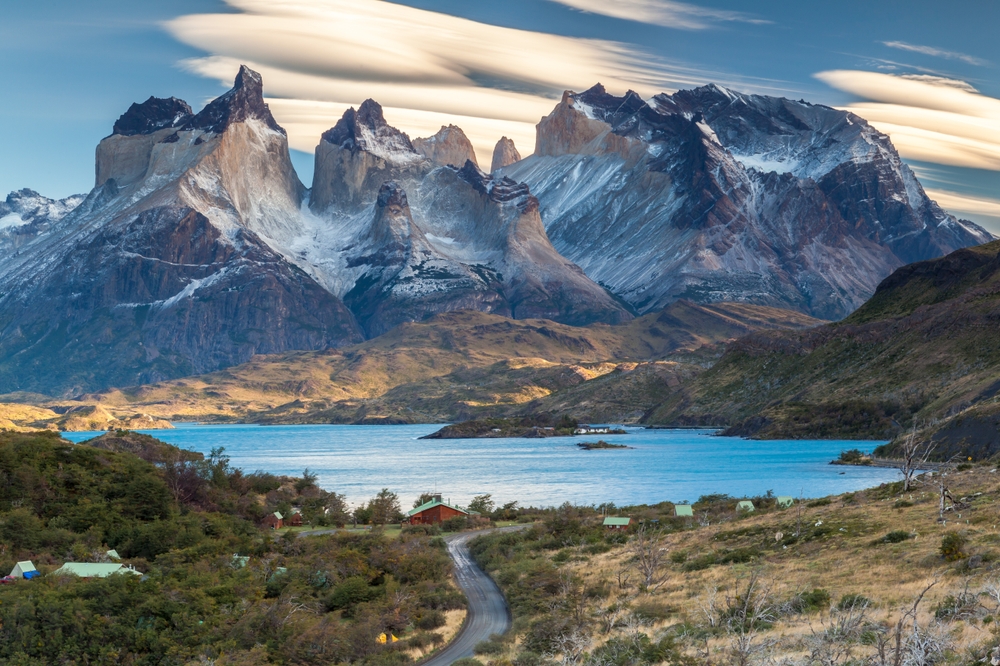
Torres del Paine National Park in Chile is known for its dramatic granite peaks, turquoise lakes, and expansive glaciers. The park is located in Patagonia and offers some of the most stunning views in South America. The famous Torres (Towers) are the centerpiece of the park, with their towering spires that attract hikers from around the world. Several trekking routes, including the W Trek, lead visitors through the park’s varied landscapes.
This park is home to diverse wildlife, including guanacos, pumas, and flamingos, making it a popular destination for nature lovers and photographers. The park’s diverse landscapes, from forests to glaciers, provide a variety of hiking experiences. Torres del Paine is a must-see for those who enjoy the great outdoors and want to explore one of the most iconic national parks in South America. It is a destination that offers a bit of everything for adventurers.
Perito Moreno Glacier, Argentina
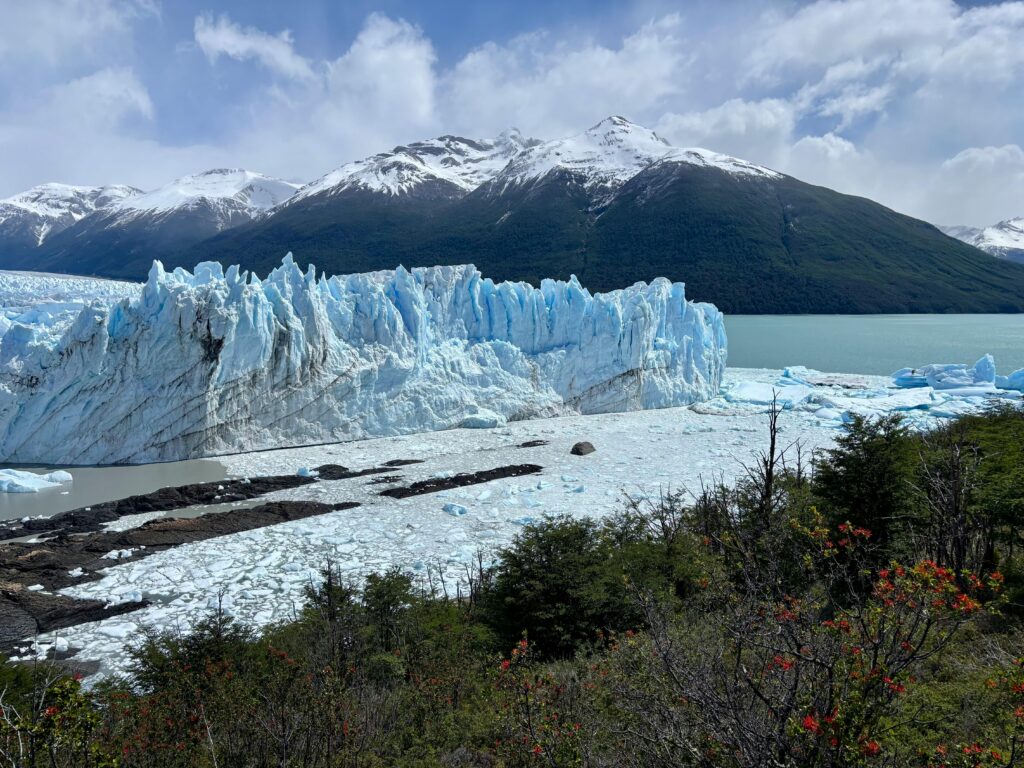
Perito Moreno Glacier, located in Los Glaciares National Park in Argentina, is one of the few glaciers in the world that is still growing. This massive ice sheet is over 97 square miles in size and towers up to 240 feet above the surface of the water. Visitors can witness dramatic ice calving events as chunks of ice break off and crash into the water below. The glacier is accessible via boat tours, treks, and viewing platforms that provide amazing perspectives.
The glacier’s impressive size and its ability to change constantly make it a unique natural wonder. It is one of the most visited attractions in Argentina, drawing travelers from around the globe. The surrounding park offers various hiking opportunities for those wanting to experience the glacier up close. It is a destination for those who want to witness the power and beauty of nature in a remote and stunning location.
The Amazon Rainforest, Brazil
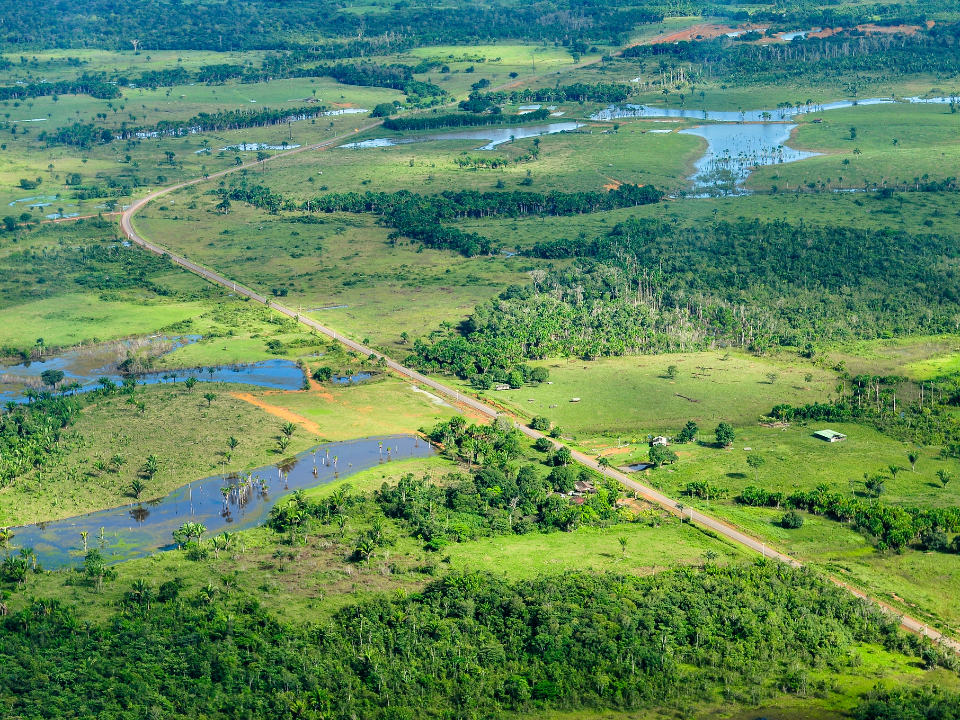
The Amazon Rainforest, often called the lungs of the Earth, covers a vast area across Brazil and several other South American countries. It is home to an incredible diversity of plants and animals, many of which are found nowhere else in the world. The rainforest offers opportunities for eco-tourism, including river cruises and guided hikes through the dense jungle. The lush environment provides a sanctuary for indigenous communities and wildlife, including jaguars, monkeys, and exotic birds.
Exploring the Amazon offers an immersive experience, allowing visitors to connect with one of the most biodiverse ecosystems on the planet. The dense foliage, winding rivers, and unique wildlife make it an unforgettable destination for nature lovers. The Amazon’s vastness and remoteness make it a challenging but rewarding location to visit. It is a place that showcases the planet’s natural beauty and importance on a grand scale.
The breathtaking landscapes of South America offer countless opportunities for exploration and discovery. Each destination provides a unique experience, whether you are looking to hike, relax, or simply enjoy the view. These natural wonders not only showcase the continent’s incredible beauty but also its diverse ecosystems. Take the time to experience these landscapes, and you will surely create lasting memories.
This article originally appeared on Avocadu.
